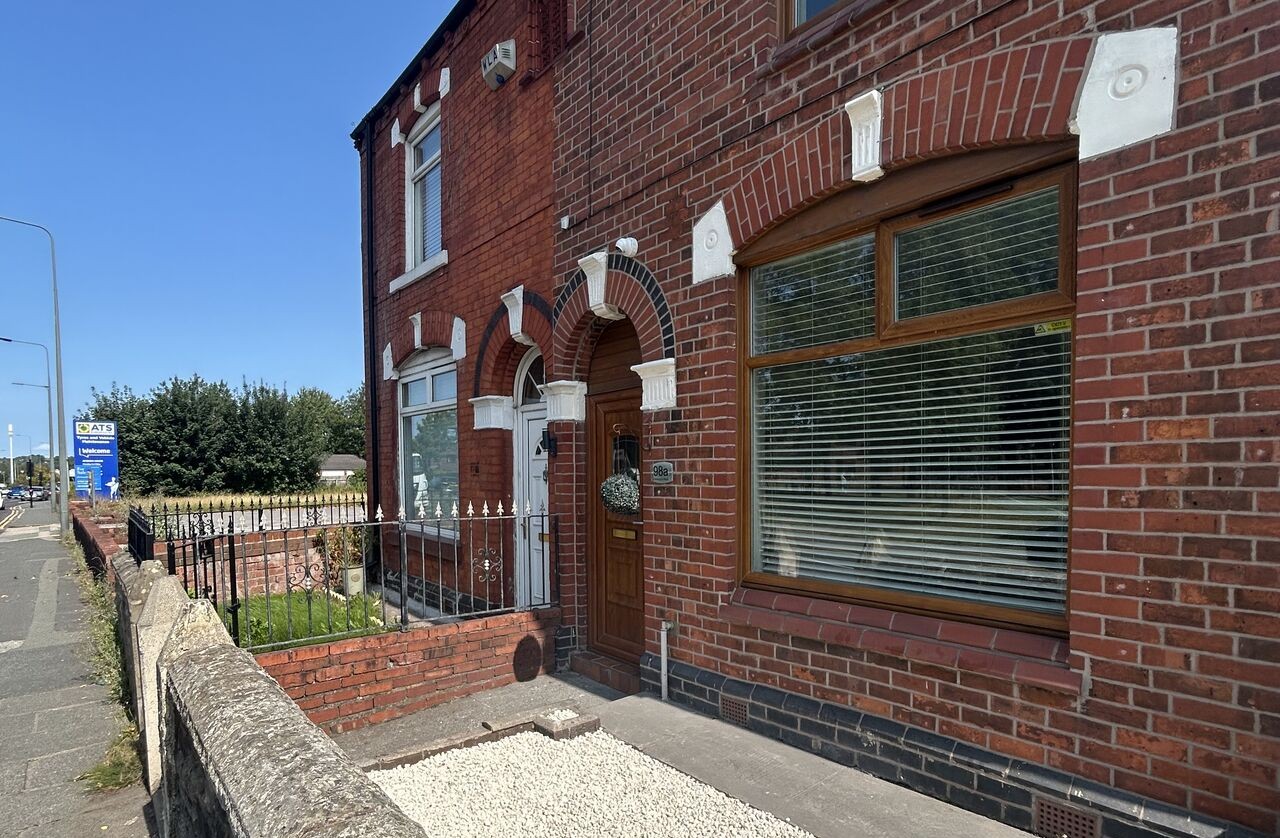With regulation tightening and expectations on quality, safety, and sustainability rising fast, many housing providers are facing a critical question – how can we afford to upgrade our properties?
At Blueprint Housing, we believe that the answer lies in smarter retrofit.
Our recent project in Greater Manchester, delivered in partnership with Wigan Council and Prospect Living, highlights how transforming existing stock can lead to considerable cost reductions for providers. By moving away from the cycle of frequent, reactive repairs and outdated, inefficient systems, we’ve shifted the focus to future-proof, efficient design solutions. This not only optimises long-term cost efficiency but also minimizes the need for ongoing maintenance and unexpected expenses.
This smarter approach aligns with the requirements of the Supported Housing (Regulatory Oversight) Act and ESG frameworks, ensuring regulatory compliance, all while delivering safer homes and a better quality of life for residents.
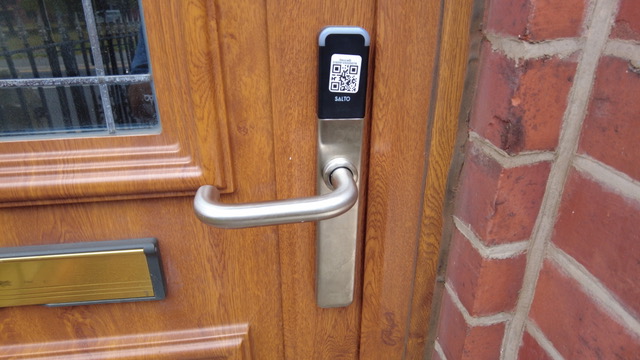
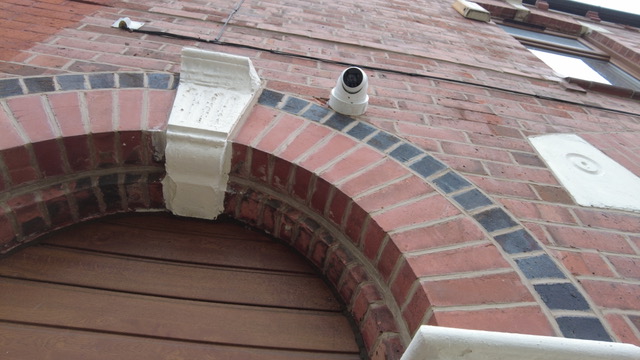
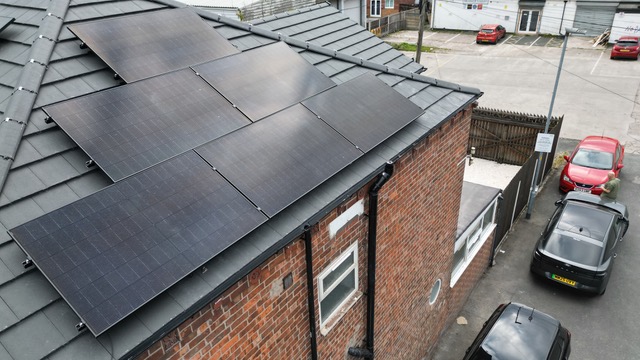
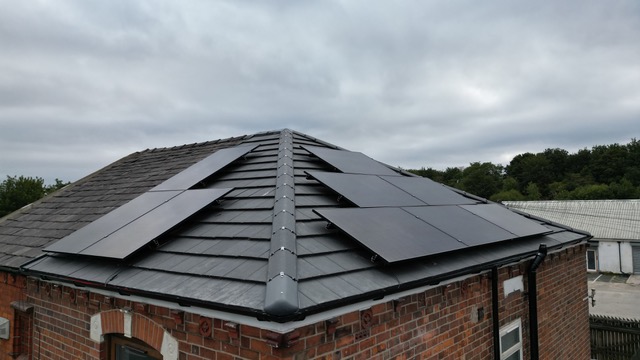
Why supported housing needs a smarter retrofit approach
The project in Wigan began as a typical, ageing HMO no longer fit for modern supported housing. Instead of opting for a basic, light refurbishment, we focused on long-term resilience and lifting the bar for supported housing standards. Every upgrade was selected to not just upgrade the fabric of the building, but to reset expectations of what it means to create safe, efficient, and compliant homes for vulnerable residents.
Improving energy efficiency was a core focus for the development. We delivered an EPC B rating through full insulation upgrades, including installation of 4kW of solar panels and 10kW of battery storage to support national decarbonisation goals, while helping reduce utility bills for both tenants and housing providers.
We also addressed damp and mould through the use of NexGen infrared heating wallpaper. This system eliminates condensation risk and provides zonal warmth without the need for radiators. Combined with ventilation improvements and internal air quality monitoring, the home is now both safer and more comfortable, supporting compliance with Awaab’s Law and safeguarding expectations.
Putting tenant safety and independence first
Compliance means more than regulations. For vulnerable residents, it’s about dignity, safety and independence. That’s why we combined core retrofit work with technologies designed to promote tenant independence and allow for responsive, dignified management.
A key element is the TouchBase Connect CRM system, which provides 24/7 access to support for residents while enabling remote property monitoring for housing staff. This allows issues to be identified and addressed early, improving both safeguarding and operational efficiency.
We also introduced:
- Secure, keyless entry to reduce the risks linked to lost keys and unauthorised access
- Leak detection and water management systems to prevent damage and avoid the issues often seen in older stock
- Sensors to monitor occupancy and air quality, helping identify ventilation issues or early safeguarding concerns, such as cuckooing, without being intrusive
With these systems in place, the property is not only safe, but also easier to manage, helping housing providers deliver responsive, respectful support without compromise.
Designed to meet policy, funding and operational goals
This model is effective because it aligns with existing funding structures. The retrofit supports the aims of the Social and Affordable Homes Programme and complements the expectations of local commissioning frameworks around housing quality, carbon reduction and tenant safety.
Rather than delivering upgrades in isolation, we approached the development in a way that delivers multiple outcomes at once. The property now reduces energy use, addresses health and safety risks, improves the resident experience, and supports more efficient property management.
For housing associations and local authorities under growing pressure to do more with less, this approach offers a practical route forward. By investing strategically now, providers can reduce long-term costs, extend asset life, and deliver safer homes that meet the needs of both tenants and regulators.
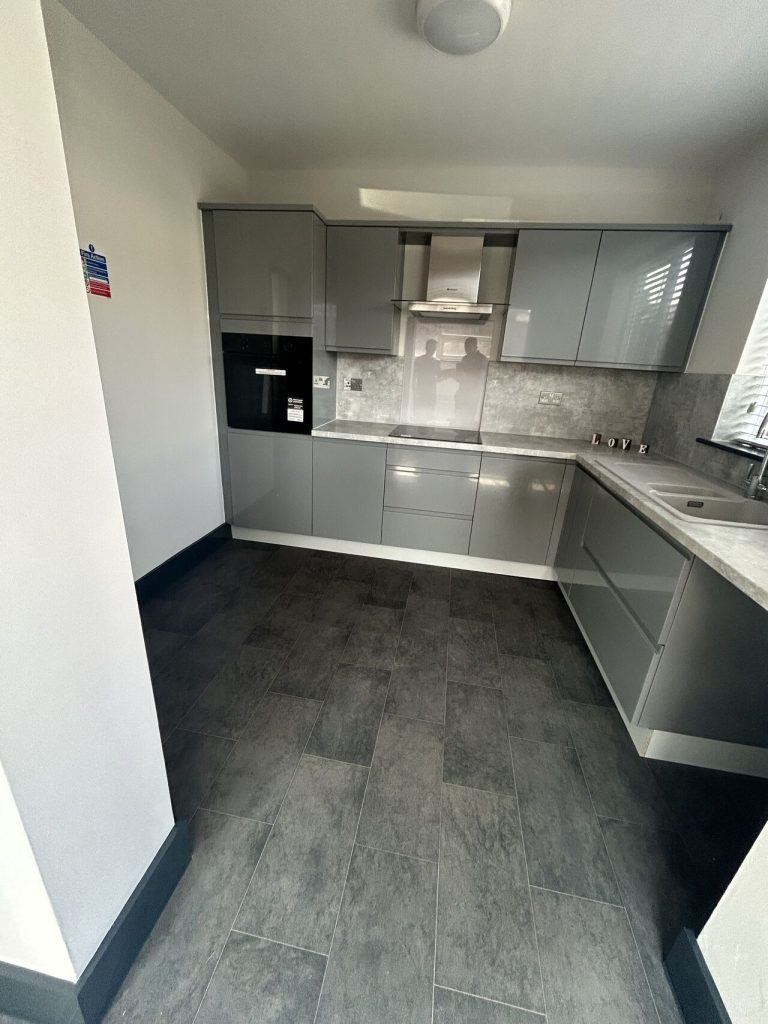
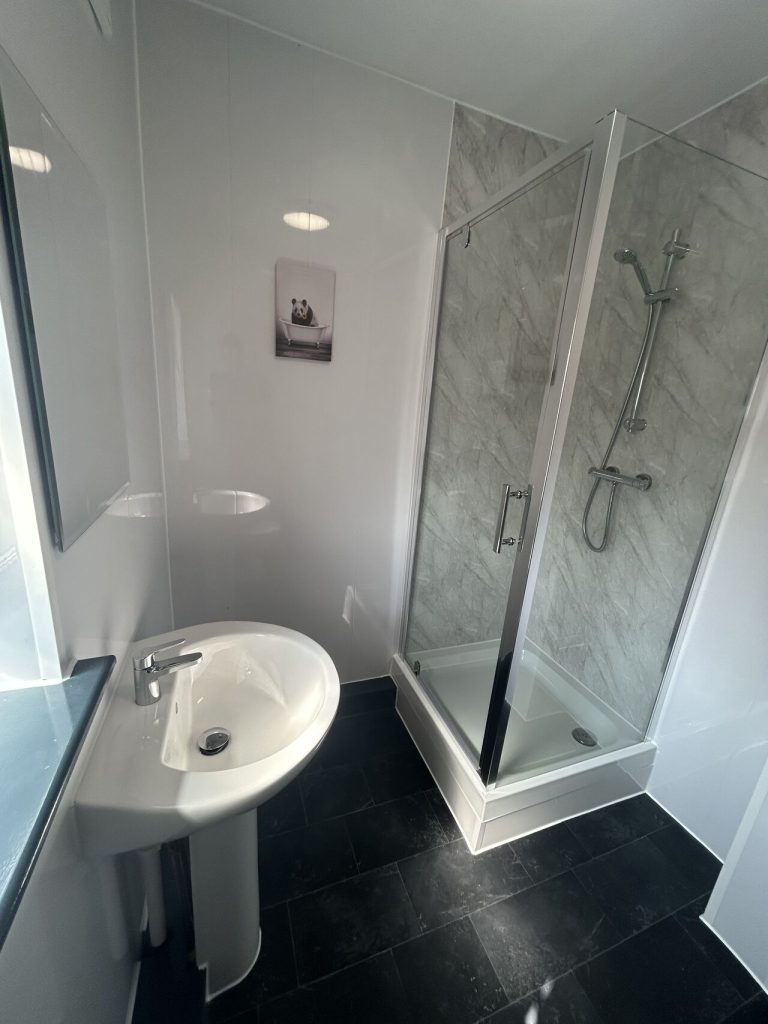
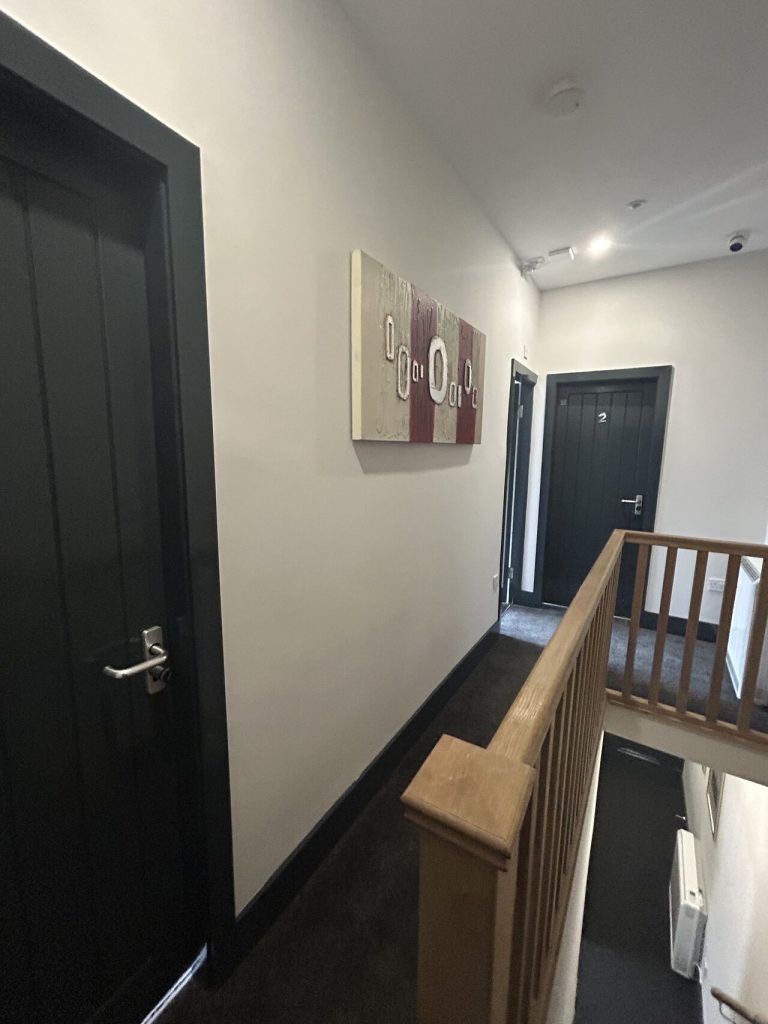
A replicable model for housing providers
This project proves that raising standards in supported housing doesn’t have to mean spiralling costs or having to cut corners on quality. By focusing on practical, high-impact improvements, we’ve shown that it is possible to create compliant, efficient and supportive homes within realistic budgets.
Connor O’Rourke, managing director at Blueprint, summed it up clearly:
“This project shows what’s possible when supported accommodation is designed to the highest standards. It is about improving outcomes for tenants and reducing long-term costs. We hope it sets a benchmark others will follow.”
As regulatory and operational pressures grow, we believe this retrofit model offers a credible, scalable pathway for housing associations, local authorities and specialist providers alike.
If you are responsible for delivering or commissioning supported housing, whether as a housing association, local authority, or specialist provider, we can help you navigate regulation, sustainability and tenant wellbeing in one integrated retrofit approach.
To discuss how our retrofit model could support your portfolio, contact the Blueprint team or call 01204 938 700.

Recently featured in:

